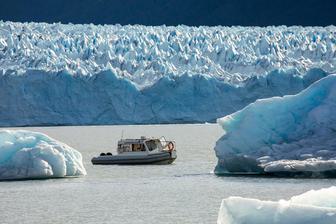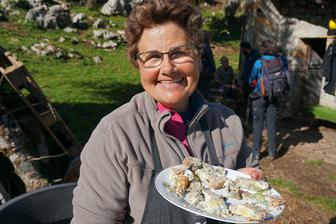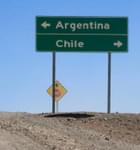Visiting Antarctica is governed by multiple regulations aimed at protecting the fragile ecosystem of the continent. Here are some of the key ones:
- Antarctic Treaty System: The Antarctic Treaty is an international agreement that regulates human activity in Antarctica. It designates Antarctica as a scientific preserve, prohibits military activity, mineral mining, and nuclear testing. The treaty promotes peaceful cooperation, scientific research, and environmental protection. So that's all good...but assuming you aren't going to get your drill bits out, you should be fine.
- Permits and access: all visitors to Antarctica must have authorised access and obtain permits from the appropriate national authorities. Fear not, this is built in to any cruise or trip organised by Pura Aventura and our partners. Honestly, our competitors do it too so this isn't what makes us special!
- Restricted areas: several areas in Antarctica are designated as specially protected or restricted zones to preserve unique ecosystems or sensitive wildlife breeding grounds. You will be warned by your on board team but if you do end up visiting one of these areas, you can expect even more stringent rules.
- Wildlife interactions: wherever you are, you are expected to maintain a respectful distance from wildlife, not disturb their natural behaviors, and avoid touching or feeding them. Specific guidelines exist for approaching different species, such as penguins, seals, and birds, to minimise stress and prevent any negative impact on their well-being. This is one of the main reasons that larger cruise ships (over 100/120 passengers) are restricted to time on shore in a way that doesn't apply to the more expeditionary cruises which we favour.
- Environmental protection: strict environmental guidelines are in place to minimise human impact on the Antarctic ecosystem. These guidelines govern waste management, wildlife interactions, and protection of historical sites. As a visitor, you are required to follow very strict guidelines to prevent the introduction of non-native species, manage waste responsibly, and respect wildlife and their habitats.
- Biosecurity measures: to prevent the introduction of non-native species and diseases, visitors must adhere to strict biosecurity measures. This includes cleaning and disinfecting gear, clothing, and footwear before arrival to prevent the transfer of seeds, spores, or pathogens to the delicate Antarctic environment. This is the boot room...you'll get used to it. The whole process is quick and simple but reassuringly rigorously applied.
- Safety and emergency preparedness: given where you are, you must comply with safety regulations and guidelines provided by expedition leaders. This includes attending safety briefings, following instructions, and being prepared for potential emergencies, including extreme weather conditions. Again, these are all things that will be drilled into you when you first board and is a reassurance. Operations in this part of the world, the ones we associate with at least, are remarkably tightly run on the whole.

































